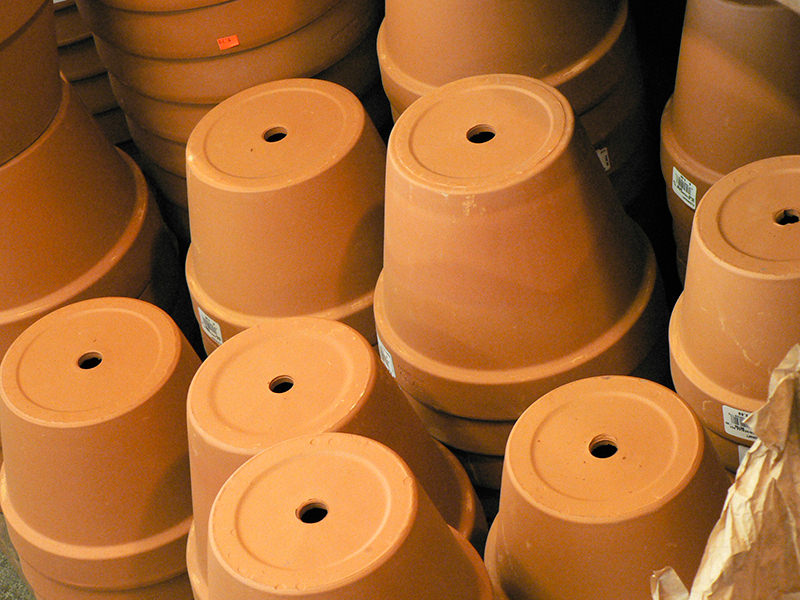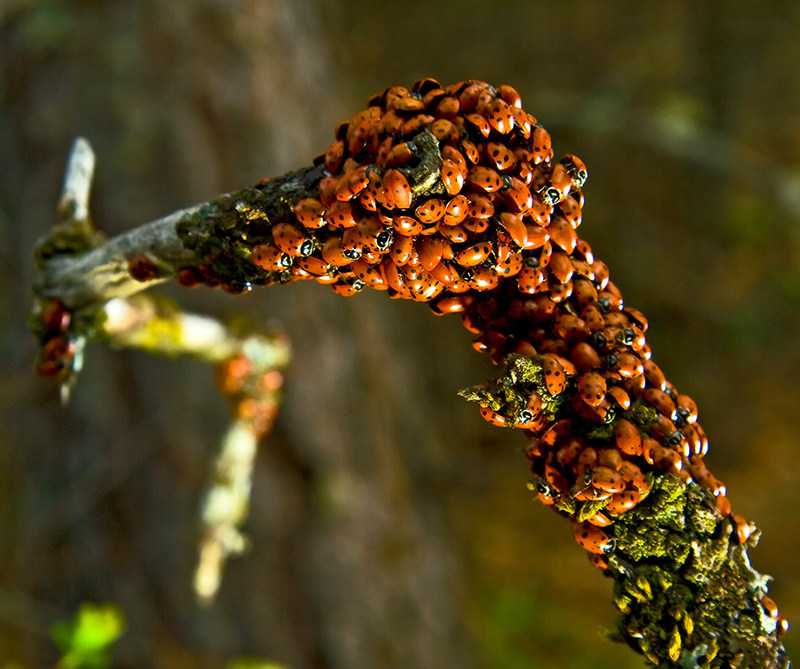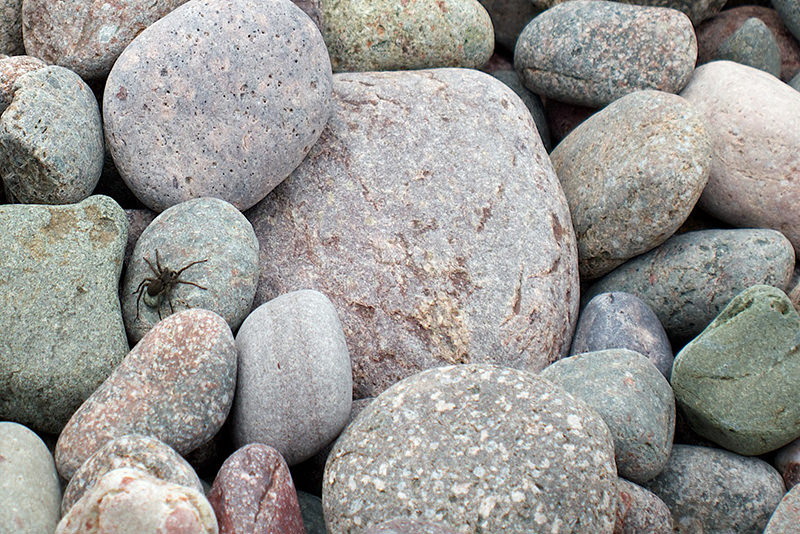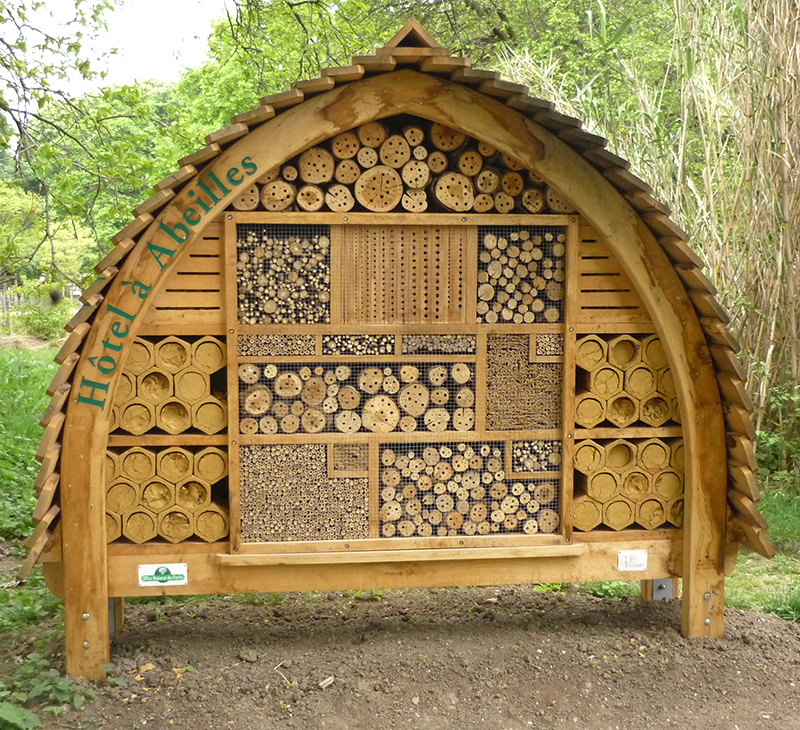
When most of us think of insect houses, the word “hive” comes to mind. While a Langstroth hive might be the perfect dwelling for social honeybees, a box with frames is not a universally comfortable installation for most of the 20,000 other bee species, not to mention the myriad other beneficial insects that you may want to provide a home for in the garden.
To attract a diversity of pollinators and biological pest controllers to the garden, a so-called “insect hotel” can easily be made with natural or upcycled materials and will quickly be buzzing with all sorts of life. An insect hotel is a structure that is sheltered from wind, rain and extreme heat, and has an array of differently shaped nooks and crannies where beneficial insects can make a home, breed, lay eggs and hide out over winter. It’s like a bookshelf divided into compartments, with each compartment containing materials like bricks, wood, pinecones and hollow natural tubes, such as reeds. Ideally, the front of the hotel can be protected from bird predators with wire mesh.
Different shapes and material attract different insects, so here is a rundown of what you can expect to attract with the following materials.
1. Clay Pots: Bumblebees

Bumblebees are known to build nests in odd places: In nature, they often build their small social colonies in old rodent burrows, and homeowners often find them in birdhouses. An upside-down clay pot on a saucer—or sideways-stacked pots with the drainage holes facing out—are excellent bumblebee habitats. Indeed, many gardeners find that unused pots from previous years become a home for these fuzzy buzz pollinators.
2. Piles Of Small Sticks: Ladybugs

Ladybugs overwinter in leaf and stick deadfall and emerge in summer to be aphid-eating patrol squads that are an asset to any garden. Giving them a place to safely spend their dormant months can increase their numbers in your garden.
3. Narrow Wooden Slats: Butterflies

In inclement weather, butterflies often nestle between rocks or stumps in order to prevent their wings from being tattered in the wind. Narrow slats of wood with a little open sheltered space behind provide butterflies with a place to safely relax, and many will return the favor or shelter by pollinating flowers and generally being pleasantly beautiful garden guests.
4. Piles of Rocks, Bricks & Pinecones: Spiders

While they aren’t insects, arachnids may nonetheless be a welcome guest in some insect hotels. Spiders are a vital part of the garden ecosystem, catching and eating all manner of plant pests. Hunting spiders that don’t build webs often like to hide out in between rocks or in tight natural structures, like pinecones.
A word of caution for those living in black widow and brown recluse country: It may not be in your best interest to try and attract spiders to your garden. Or if you plan on it, it may be a good idea to avoid sticking an uncovered arm into the insect hotel.
5. Natural Tubes: Solitary Bees

Solitary bees, like mason bees, are attracted to natural tubes, like dried reed grasses, dried hollow flower stalks and longer holes drilled in wood. These tubes become sealed compartments where they lay eggs to hatch the next generation. These are some of the most interesting guests to have in an insect hotel, as it is very obvious once they arrive: Inhabited compartments will be obviously sealed with the mud-like mixture the parent bees use, and if you’re lucky, you may see the head of a young one poking out when it comes time to hatch.

No matter how you build it, an insect hotel can be a beautiful addition to any garden. Often, gardeners turn this DIY project into more than a practical installation, taking an artistic or abstract approach to their design. If you’re in the market for some inspiration for your insect Four Seasons, some gorgeous examples graced the 2011 Chelsea Flower Show in the UK.
Even if it is just a simple hutch with the right materials, though, an insect hotel is an excellent chance to observe the life in your garden up close.




